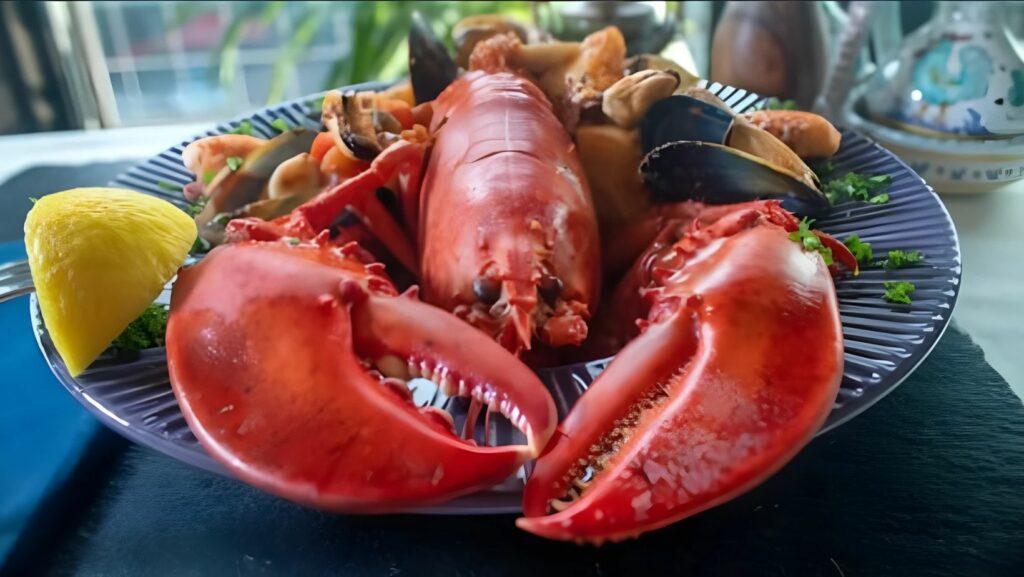Italy is a country where food is not merely sustenance but an expression of culture, history, and regional identity. From the rolling hills of Tuscany to the sun-drenched shores of Sicily, every region offers a distinct culinary experience, blending locally sourced ingredients, centuries-old recipes, and the art of convivial dining. A journey through Italy’s culinary landscape is a journey through its traditions, flavors, and heartwarming rituals that make Italian cuisine one of the most celebrated in the world.
The Heart of Italian Cuisine: Fresh Ingredients and Simplicity
At the core of Italian cooking is simplicity. Italian chefs and home cooks alike emphasize the quality of ingredients over complexity. Fresh tomatoes, fragrant basil, rich olive oil, creamy cheeses, and aromatic herbs define many Italian dishes. This commitment to quality and authenticity is evident in the preparation of classic recipes such as Caprese salad, which relies on just three primary ingredients—ripe tomatoes, fresh mozzarella, and basil—but achieves perfection through balance and freshness.
Italy’s geography plays a pivotal role in its culinary diversity. Northern Italy, with its fertile plains and Alpine valleys, favors butter, rice, and polenta, while the southern regions embrace olive oil, tomatoes, and citrus. This regional variation creates a dynamic culinary map that invites exploration, offering travelers a taste of Italy’s rich tapestry of flavors.
Regional Specialties: A Taste of Italy’s Diversity
Italy’s regional diversity is best experienced through its traditional dishes. In Tuscany, the emphasis is on rustic simplicity. Hearty soups like ribollita, a stew of bread, beans, and vegetables, showcase the ingenuity of peasant cuisine turned gourmet art. Tuscan olive oils are celebrated for their peppery notes, while the region’s wines, including Chianti and Brunello di Montalcino, provide perfect pairings for local fare.
In Emilia-Romagna, food takes on a more indulgent character. This region is home to Parmigiano-Reggiano, Prosciutto di Parma, and the creamy indulgence of Bolognese ragù. Bologna, often called Italy’s gastronomic capital, invites diners to savor freshly made pasta such as tortellini and tagliatelle, often accompanied by rich, slow-cooked sauces that highlight the depth of flavor only traditional techniques can achieve. For Italian food lovers abroad, brands like Pasta Mia bring a taste of these authentic creations to kitchens around the world.
Southern Italy tells a different story—one of vibrant colors and bold flavors. Sicily, influenced by Arab, Greek, and Norman cultures, presents dishes like caponata, a sweet-and-sour eggplant stew, and arancini, golden fried rice balls stuffed with cheese, meat, or vegetables. Naples, the birthplace of pizza, epitomizes simplicity elevated to art. The classic Margherita pizza, with its thin crust, tomato sauce, fresh mozzarella, and basil, is a testament to the beauty of minimalism done right.
The Ritual of Italian Dining
Italian cuisine is inseparable from its social context. Meals are often leisurely affairs, designed to be savored and shared. The traditional Italian meal follows a structured sequence: antipasto (appetizer), primo (first course, usually pasta or risotto), secondo (main course, typically meat or fish), contorno (side dish, often vegetables), and dolce (dessert). Each course is thoughtfully prepared and presented, reflecting the Italian respect for food as a communal experience rather than a hurried necessity.
Wine plays an essential role in this ritual, carefully chosen to complement the flavors of each course. Italians often match wines to the regional origins of the dishes, creating a harmony that enhances the dining experience. In Veneto, for example, a crisp Prosecco may precede a rich risotto, while in Piedmont, a robust Barolo might accompany a truffle-infused dish.

Italy’s Culinary Festivals: Celebrating Food and Community
Italy’s love of food extends beyond the kitchen into its vibrant festivals and local celebrations. Every town boasts festivals honoring local products, from the truffle fairs in Alba to the olive oil tastings in Liguria. These events offer immersive experiences where visitors can witness traditional preparation methods, sample local specialties, and participate in the communal joy of eating.
Seasonality is a cornerstone of Italian culinary culture. Markets overflow with fresh produce, and many dishes reflect the ingredients available at particular times of the year. Spring brings artichokes and asparagus, while autumn heralds mushrooms, chestnuts, and the prized white truffle. Participating in these seasonal cycles allows travelers to experience Italy’s cuisine in its most authentic and vibrant form.
Italian Desserts: Sweet Endings
No culinary journey in Italy would be complete without indulging in its desserts. From the creamy tiramisu of Veneto to the ricotta-filled cannoli of Sicily, Italian sweets reflect regional diversity and the artistry of their makers. Gelato, the country’s iconic frozen treat, is crafted with natural ingredients and less air than traditional ice cream, resulting in an intense, velvety flavor that delights every sense.
Coffee culture is another integral aspect of Italian gastronomy. Espresso, cappuccino, and macchiato are enjoyed with ritualistic precision, often standing at a bar while exchanging greetings with locals. Coffee is not merely a beverage; it is a social connector, a daily celebration of flavor and community.
Culinary Tourism: Experiencing Italy Beyond the Plate
Italy’s culinary appeal extends into hands-on experiences. Cooking classes, vineyard tours, and market visits allow travelers to engage actively with the food culture. Learning to make fresh pasta in Bologna, harvesting olives in Tuscany, or sampling fresh seafood in Sicily provides a deeper appreciation of the effort and expertise behind every dish. These experiences transform tourism into a participatory journey, where each meal tells a story of tradition, geography, and human creativity.
Moreover, Italian cuisine is inherently tied to the landscape. Olive groves, vineyards, and coastal fisheries contribute to a sense of place that is tangible in every bite. Eating in Italy is not just about flavor; it is about connecting with centuries of history, culture, and local pride.
Conclusion: A Journey Worth Savoring
Italy’s culinary landscape is a celebration of simplicity, tradition, and sensory delight. Every meal is a story, every ingredient a character, and every region a chapter in the rich tapestry of Italian gastronomy. To savor Italy is to understand that food is more than nourishment—it is culture, memory, and community woven together on a plate.
Whether enjoying a rustic Tuscan soup, a decadent plate of Emilia-Romagna pasta, or a sun-kissed Sicilian dessert, travelers discover that Italy’s true essence lies not just in its cuisine, but in the joy of sharing it. The culinary journey through Italy is one that lingers long after the last bite, leaving a lasting impression of warmth, flavor, and timeless tradition. In Italy, food is not just eaten—it is celebrated, cherished, and remembered, making every culinary adventure a deeply satisfying exploration of taste and heritage.



